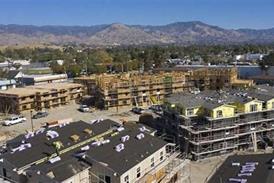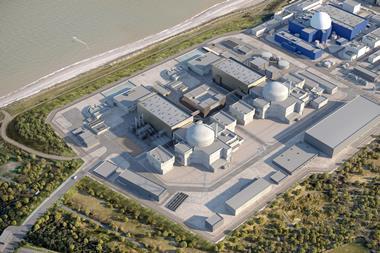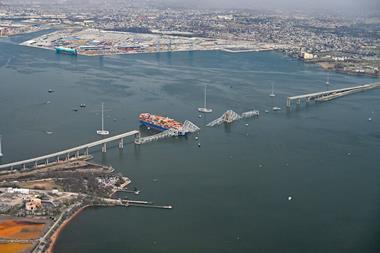US President Donald Trump this week took another step towards his ambition to stimulate $1trn in infrastructure investment by signing an executive order to streamline federal permitting, a move aimed at expediting the construction of roads, bridges, water systems and pipelines.
The order recognises that one of major roles the federal government can play in stimulating infrastructure investment is to reform regulations. Regulatory delays have become a roadblock to rebuilding US infrastructure. According to a 2014 Government Accountability Office report, it takes seven years on average for a complex highway project to go through the entire environmental review process. The National Association of Environmental Professionals has said a single agency can take 3.7 to 5 years, on average, to complete an environmental review of an infrastructure project.
Tuesday’s executive order aims to reduce the time required to obtain federal approval to as little as two years, down from an average of seven years for “complex” highway projects, largely by speeding environmental reviews. The order also requires that just one federal agency serve as the point of contact for moving each project’s paperwork through the regulatory process.
But by including a provision that revokes the Federal Flood Risk Management Standard, established by President Barack Obama in 2015, the new directive sparked criticism from environmental groups and legislators who warned it would result in money being wasted on projects unable to withstand climate change-induced flooding, while further endangering the environment by contributing to global warming.
The 2015 order from Obama required that builders of federally-funded projects take sea level rise driven by climate change into account when constructing projects in flood plains. Construction trade groups and Republican legislators at the time criticised the rule as a costly burden. One Louisiana Republican in the US House estimated the rule would have increased the cost of a new home in the state by 25% to 30% because most of the state would be classified as a flood plain under federal rules.
The environmental group Oil Change International called Trump’s move a “gag order” on local communities that have safety and environmental concerns about major projects like pipelines. “If Trump has his way, we’ll be facing a fossil fuel buildout that locks America into climate catastrophe,” said Janet Redman, US policy director at Oil Change International.
The American Petroleum Institute (API) said the order reflected recommendations of the oil industry lobby group submitted to the Commerce Department in March. “A robust energy infrastructure system that protects the environment and keeps pace with growing production and demand is essential to helping American families and businesses have reliable access to affordable energy,” said API president and CEO Jack Gerard. “The oil and natural gas industry relies upon a cost-effective regulatory system that promotes the certainty and predictability necessary to make the massive capital investments required to bring energy and other projects to the US economy.”
The polarised reaction highlights the challenges of the energy sector, which is a major target for institutional infrastructure investors today. It is unclear how institutional investors will digest the implications of the executive order, which on the one hand could increase investment opportunities while on the other flying in the face of environmental, social and governance (ESG) considerations.
According to the American Society of Civil Engineers, requires $112bn in new investment. “Permitting processes present a particular challenge to energy infrastructure,” the organisation says.
Private equity giant Blackstone, for example, is making one of its biggest bets on the growth of natural gas production, wagering that even if gas prices remain stuck at depressed levels, it can profit. The firm has staked about $7bn on the future of the US natural gas revolution by investing in drilling fields, pipelines and a gas export terminal.
With private-market infrastructure funds sitting on more than $150bn in undeployed capital from institutional investors, an increased supply of investment opportunities would be welcome. But taking steps to speed US federal permitting may not be enough to help the US build world-class infrastructure. Trump’s broad plan remains stalled behind faltering health care and tax reform efforts – and that could put the US behind in the race to attract jobs and businesses through better infrastructure.
In contrast, the Canadian government is forging ahead with an ambitious infrastructure programme, including the controversial establishment of a Canada Infrastructure Bank. The bank, which was recently approved by parliament, is slated to open by the end of the year with seed money of CAD35bn. The Canadian government has already committed CAD1.3bn to Montreal’s Réseau Electrique Métropolitain, a project being led by provincial pension manager Caisse de Dépôt et Placement du Québec.
The biggest public pension fund in the US, the California Public Employees’ Retirement System (CalPERS), began stepping up its sustainability reporting requirements of its managers of real assets investments last year. External managers are now reporting into the Global Real Estate Sustainability Benchmark (GRESB), which recently expanded its coverage to include infrastructure.
CalPERS, which declined to comment on the ESG implications of Tuesday’s executive order, has a five-year strategic plan that includes a calls for “carbon footprinting” of its real assets portfolio by 2019.





















No comments yet